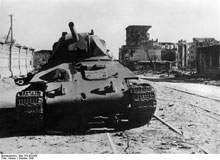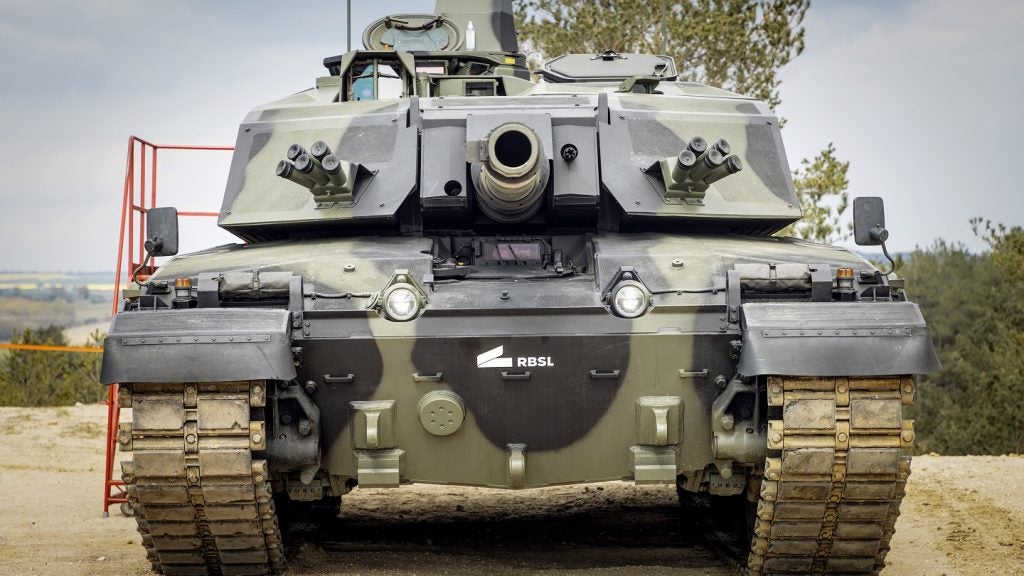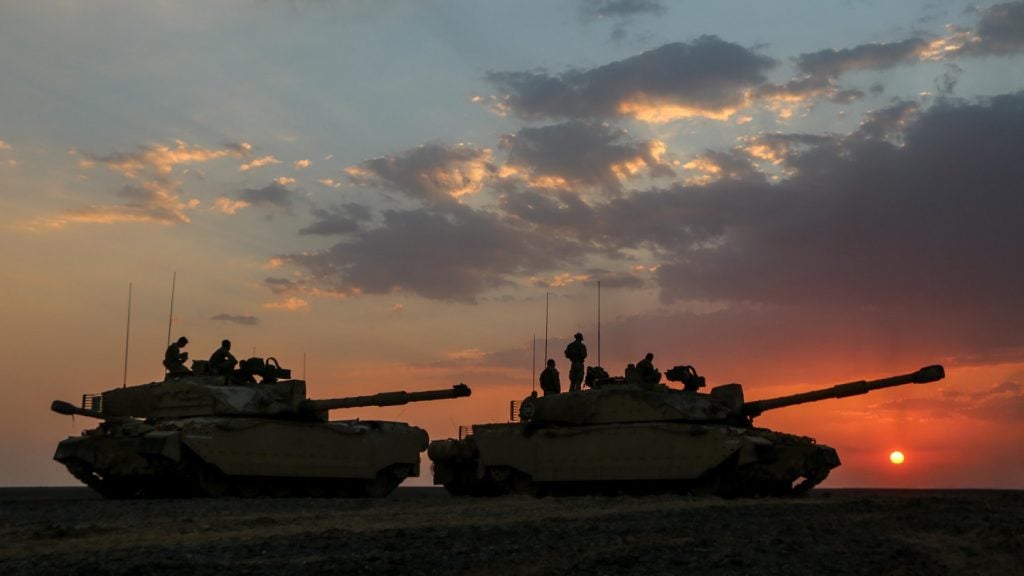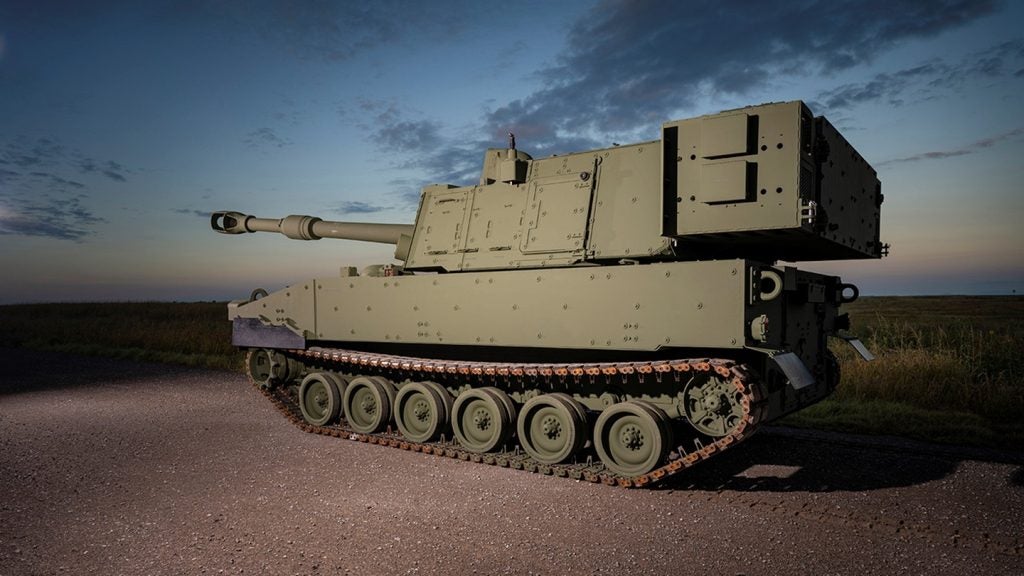
With a focus on reported casualties, which 20th century battles have gone down as the deadliest? From the Battle of Moscow to the Battle of France, Army-technology lists the 10 worst military disasters of the 20th centruy.
20th century battles: the worst military disasters

Battle of Stalingrad
The Battle of Stalingrad caused about two million casualties from Soviet and Axis forces and stands as one of the century’s worst military disaster. It was one of the bloodiest battles in history and is considered as one of the major battles in the World War II.
The Germans were surprised by the troop strength of the Red Army at Stalingrad (now Volgograd) as the Soviet Union deployed over a million soldiers in Operation Uranus to thwart the German Army inside the city. The Axis forces were heavily defeated by the Red Army at Stalingrad, resulting in the withdrawal of their vast military force from the West to reinforce the losses in the East.
The death toll at Stalingrad was huge, leaving about 850,000 Axis soldiers dead, missing or wounded in the battle, and more than a million Soviet soldiers downed, missing or wounded. Most of the civilians residing in the city also died during the combat.
Battle of Moscow
The Battle of Moscow, code-named ‘Operation Typhoon’ by the Germans, occurred during World War II and witnessed about 1.6 million casualties.
How well do you really know your competitors?
Access the most comprehensive Company Profiles on the market, powered by GlobalData. Save hours of research. Gain competitive edge.

Thank you!
Your download email will arrive shortly
Not ready to buy yet? Download a free sample
We are confident about the unique quality of our Company Profiles. However, we want you to make the most beneficial decision for your business, so we offer a free sample that you can download by submitting the below form
By GlobalDataThe battle, which commenced in October 1941, was largely a defensive effort by the Soviets against the German attack on Moscow. The Red Army counter-attacked against the Germans to enable them to withdraw from Moscow when the offensive ceased.
The battle ended in January 1942, leaving estimated casualties of 174,000 to 400,000 for Germany and 650,000 to 1.2 million casualties for the Red Army. The defence of Moscow marked the success of Soviet resistance against the Axis forces and an operational and tactical failure for the Germans.
Battle of the Somme
The Battle of the Somme, also known as the Somme Offensive, caused the loss of more than 1.2 million lives from both the British-French empires and German Empire. Fought from July to November 1918 near the Somme River in France, it was one of the biggest conflicts of World War I.
The Battle of the Somme remains one of the bloodiest fights in history having caused approximately 57,000 casualties for the British Army on the very first day of the battle, blamed on the inexperience and patchy training of the British soldiers.
About 420,000 soldiers of British and Commonwealth forces died, were wounded or went missing during the fight, while French losses were more than 204,000. On the other hand, the German Empire suffered about 680,000 casualties. The Allied forces seized a strip of land just 20 miles wide and 6 miles long from German possession at the cost of a huge number of casualties.
Operation Bagration
With total casualties of over 1.1 million, Operation Bagration was one of the worst military disasters in history. Operation Bagration was a code name of the Belorussian Strategic Offensive Operation to clear German forces from the Belorussian SSR and eastern Poland during World War II.
The operation resulted in the devastation of 28 of 38 German Army divisions. About 350,000 to 400,000 men from the German Army were killed, wounded or captured. It was treated as the defeat resulting in the most German armed forces casualties in World War II.
The Red Army suffered more than 770,000 casualties, of which 180,000 were killed or missing in the action, and over 590,000 men were wounded. The Soviet forces liberated a large amount of their territory from Germany and significantly destroyed the German Army Group Centre.
Battle of Gallipoli
The Battle of Gallipoli, also referred to as the Gallipoli Campaign or the Dardanelles Campaign, left over 500,000 casualties. Fought on the Gallipoli peninsula, the World War I battle turned into a disaster when the Allied powers failed to control the sea route from Europe to Russia.
British and French vessels initiated naval attack on the Dardanelles Straits in February 1915, while troops from Britain, France, Australia and New Zealand invaded the Gallipoli Peninsula on land in April of the same year.
The Allied powers suffered over 250,000 casualties prior to their final evacuation from Gallipoli in January 2016, and the Ottoman Empire’s casualties and losses totaled 218,000 to 250,000. The invasion ended unsuccessful as the Allied forces experienced fierce counter-attack from Ottoman troops. Bad weather, insufficient artillery, and inaccurate maps and intelligence also contributed to the failure of the Allied forces.
Battle of France
The Battle of France, or the Fall of France as it is more popularly known, accounted for total casualties of more than 500,000 soldiers from Allied and Axis forces. The battle included Fall Gelb (Case Yellow) and Fall Rot (Case Red) operations.
The Fall of France was a successful German invasion of France, as well as Holland, Belgium and Luxembourg. About 360,000 men of the Allied armies were dead or wounded, while the Axis suffered over 160,000 casualties.
The French military resistance ended when German forces occupied Paris in June 1940 and France was subsequently occupied by Germany under an armistice signed between the nations. France remained under Axis occupation until liberated by the Allied forces in 1944.
Battle of Kolubara
The Battle of Kolubara or the Battle of Suvobor turned into one of the worst military disasters when a strong Austria-Hungarian invasion force was turned back by a poorly-equipped Serbian Army. The battle resulted in more than 350,000 casualties.
The Battle of Kolubara was regarded as the biggest fight between the Serbian and Austro-Hungarian armies during World War I. It involved the deployment of 450,000 Austria-Hungarian troops and 250,000 Serbian forces.
Austria-Hungarian armies suffered 224,500 casualties, and the Serbian Army’s casualties accounted for 133,000 troops. The battle proved the successful Serbian counteroffensive capabilities against well-equipped Austria-Hungarian forces.
Tet Offensive
The Tet Offensive, resulting in total casualties of more than 100,000, was a major offensive began by North Vietnam and the Viet Cong against South Vietnam, the United States, and their allies in 1968.
The Tet Offensive was one of the biggest military combats of the Vietnam War. North Vietnam and the Viet Cong lost over 45,000 troops, while over 20,000 soldiers of South Vietnam and allies were killed and wounded in the action. Over 14,000 civilians died and 24,000 were wounded during the conflict.
The Tet Offensive proved to be a turning point in the Vietnam War. The conflict had a heavy impact on the US government and ultimately led to the withdrawal of US forces from Vietnam, although it was a tactical victory for the South Vietnam and US forces.
Operation Market Garden
The Operation Market Garden disaster occurred when Allied forces failed to encircle the Ruhr Area. The battle resulted in over 26,000 casualties.
Allied forces launched Operation Market Garden in September 1944 to create a 64 mile-long airborne corridor allowing the entry of tanks and troops into Northern Germany. Over 20,000 paratroopers and more than 13,500 glider pilots, 5,200t of equipment, 1,900 vehicles and 560 guns were dropped during the operation making it the biggest airborne operation of those times.
Allied troops successfully captured a number of bridges during the initial stages of the operation, but experienced fiercer German resistance than expected. The Allies failed to cross the Rhine River in sufficient force and, as a result, suffered over 17,000 casualties. The German casualties and losses were estimated at about 9,000.
Six-Day War
The Six-Day War, also known as the Third Arab-Israeli War, caused more than 23,000 casualties in a surprise attack by Israel on Egypt, Jordan and Syria in response to Arab threats of invasion.
The Six-Day War began on 5 June 1967 when Israel launched surprise bombing raids against Egyptian air-ields. The Air Forces of Egypt, Jordan and Syria suffered heavy damage due to Israeli Air Force attacks. Israel launched a series of ground, air and naval attacks, and took control of the Sinai Peninsula and Gaza Strip from Egypt, the West Bank from Jordan, and the Golan Heights from Syria.
Israel suffered minimal casualties of over 5,000, while Egypt’s casualties totaled 15,000. The casualties of Syria and Jordan accounted for 2,500 and 800 respectively.







